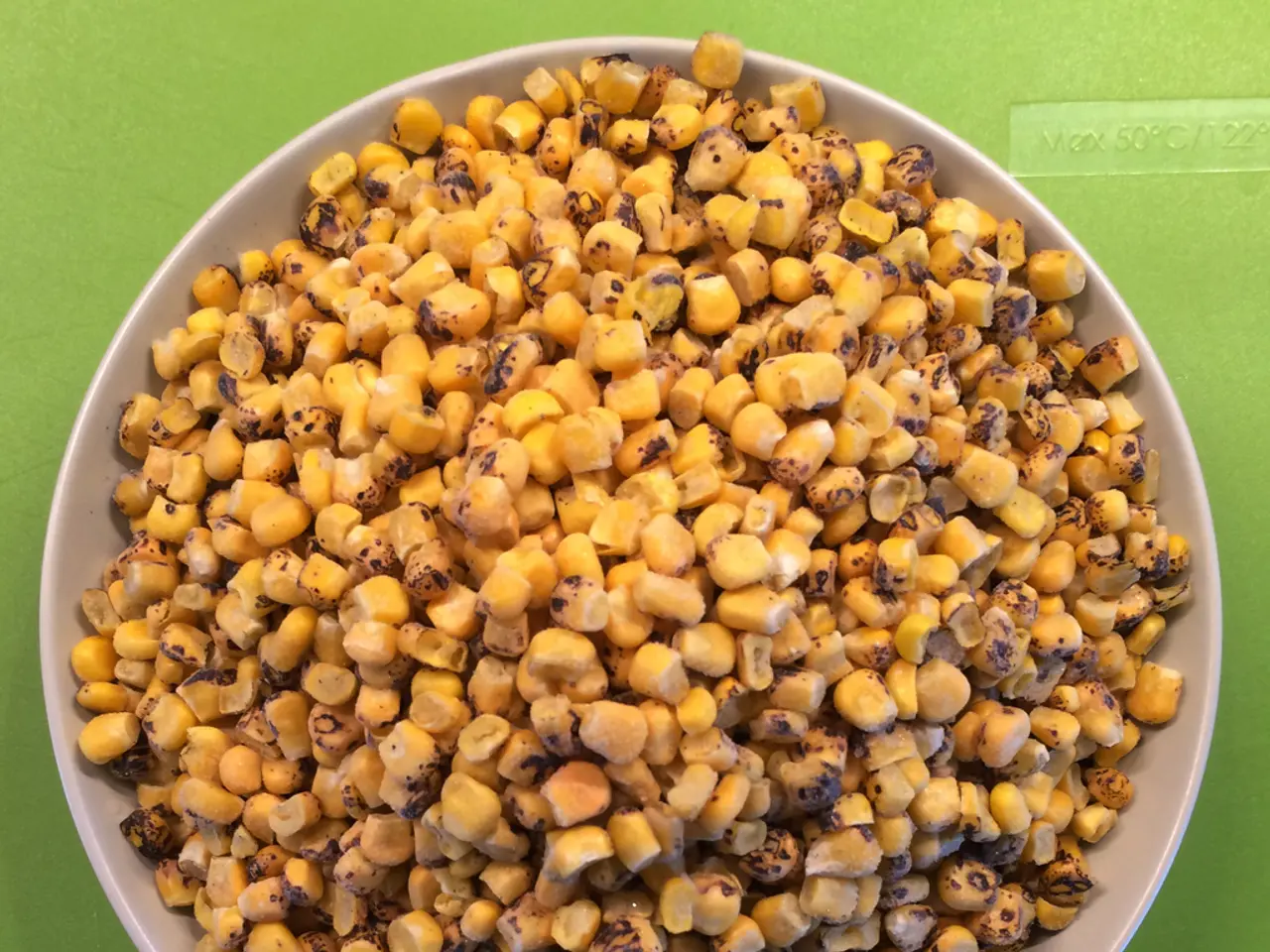Rice, pulses, and millet sowing areas surpass 597.86 lakh hectares, indicating an increase, while soybean cropping shows a decline.
The ongoing Kharif season in India is witnessing a significant surge in the cultivation of rice, pulses, and millets, while there is a minor dip in soybean acreage. This shift is influenced by various factors, including favorable monsoon conditions, government policies, market demand, and agronomic considerations.
### Increase in Rice, Pulses, and Millets Sowing
Rice sowing has seen a remarkable increase, with the area rising to 13.22 lakh hectares by June 20, 2025, compared to 8.37 lakh hectares the previous year. By early July, the area covered in paddy cultivation reached 123.68 lakh hectares, up 11% from 111.85 lakh hectares in 2024. The surge in rice cultivation is supported by the India Meteorological Department's prediction of an above-normal monsoon this year, encouraging more farmers to invest in paddy cultivation.
The acreage under pulses has also risen notably, to 67.09 lakh hectares by July 11, 2025, up from 53.39 lakh hectares last year. Specific pulses like urd bean and moong bean expanded by 0.77 and 1.77 lakh hectares respectively, while arhar saw a slight decline. This increase might be driven by government incentives for pulses to boost protein-rich crop production and reduce import dependence.
Millets, now part of the rebranded “Shri Anna” category which includes coarse cereals, have also experienced overall growth, with sowing across 116.30 lakh hectares so far. Maize, bajra (pearl millet), and jowar recorded increased sowing areas, although ragi and small millets experienced minor declines. This reflects a renewed policy focus and market demand for nutritious, climate-resilient crops.
### Decline in Soybean Acreage
Area under oilseeds, including soybean, decreased marginally to 137.27 lakh hectares from 139.82 lakh hectares in the previous year. The drop in soybean acreage could be linked to delayed rains or changing market dynamics.
### Contributing Factors
- **Above-normal monsoon:** Favorable rainfall creates optimal conditions for water-intensive crops like paddy and certain pulses to thrive. - **Government policies:** Supportive minimum support prices, crop insurance schemes, and promotion of pulses and coarse cereals under nutritional schemes encourage farmers to diversify and increase sowing in these crops. - **Market demand and export potential:** Growing demand domestically and internationally for pulses and millets enhances their attractiveness. - **Agronomic factors:** Crop rotation, soil fertility management, and pest/disease considerations influence shifts away from soybean.
In summary, the 2025 Kharif season in India sees robust growth in rice, pulses, and millets driven by good monsoon, policy support, and market demand, while soybean acreage declines slightly due to shifting farmer preferences and competitive cropping alternatives.
Weather conditions, particularly the India Meteorological Department's prediction of an above-normal monsoon, have contributed to a surge in rice cultivation, encouraging more farmers to invest in paddy farming.
The rise in pulses acreage might be driven by government incentives for pulses to boost protein-rich crop production and reduce import dependence, alongside market demand for these crops.








